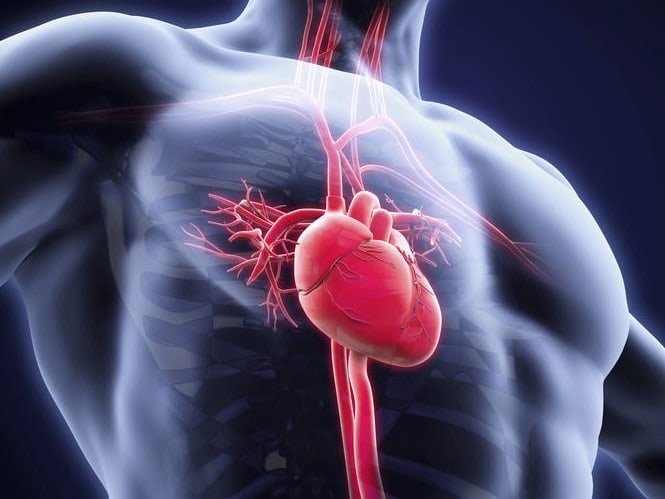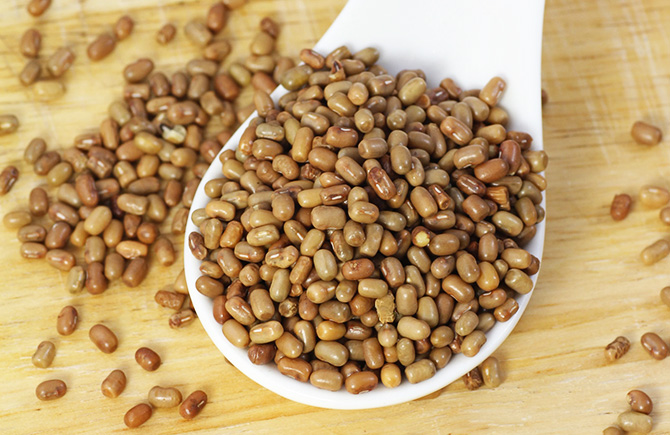Coronary artery disease is caused by arteriosclerosis or the hardening of the arteries and/or atherosclerosis, the narrowing of the arteries, which results from the accumulation and hardening of fat deposits called plaque. Due to these conditions, oxygen-rich blood cannot reach the heart and other vital parts of the body, such as the lungs, liver, kidneys, and brain.
Incidence
Annually, nearly 359,800 people experienced emergency medical services related to out-of-hospital cardiac arrests in the United States and about 2209,000 people are treated for in-hospital cardiac arrest, as per the American Heart Association Journal. The publication added that the relative rate of stroke death decreased to 33.7 percent from 2003 to 2013 and the actual number of stroke deaths dropped by 18.2 percent.
According to the Centers for Disease Control and Prevention, heart diseases like the coronary artery disease is the lead cause of death for both genders and more than half of the deaths due to heart disease in 2009 were in men.
Risk Factors
According to Web MD, factors that increase the risk of having coronary artery disease include high cholesterol levels, high blood pressure, diabetes, smoking, and familial history of an early heart disease, which means a male family member who was diagnosed before age 55 or a female family member who was diagnosed before age 65. As per the publication, age, sex, and race are also contributing factors to having coronary artery disease.
Signs and Symptoms
The most common signs and symptoms of coronary artery disease include angina pectoris or the pain felt in the chest area. A warning sign of a heart attack, angina is classified into three types. The first is stable angina, which the most common form of angina. It is triggered by physical activity or stress and it is not relieved with rest. The second form is the unstable angina, which occurs while the person is at rest or in a state of inactivity. Then pain can be strong and long in duration. The third kind of angina is the prinzmetal’s angina or the variant angina. A rare kind of angina, prinzmetal angina may happen either during sleep or rest, causing a lot of pain due to the narrowing of the heart arteries.
Medications
Medications may be necessary to help the heart regain its function, according to Cleveland Clinic. As per the publication, nitroglycerin serves as the most common vasodilator used for acute angina cases. It increases the opening of the blood vessels to enhance the blood flow and oxygen delivery to the heart muscles, decreasing the workload of the heart. Other medications prescribed for the heart disease are ACE inhibitors to reduce the heart workload, beta blockers to relax the blood vessels and slow the heart rate, anti-coagulants like aspirin to prevent blood clots, and anti-lipidemic agents to control the high blood cholesterol levels.
Procedures
If the plaque or accumulated fat in the blood vessels of the blood cannot be managed with medications alone, surgery may be necessary. According to NHS, procedures like coronary angioplasty or percutaneous coronary intervention (PCI), percutaneous transluminal coronary angioplasty, or balloon angioplasty may be performed. Coronary artery bypass graft is done in people who have narrowed or obstructed arteries while a heart transplant may be possible for those who have a heart that is severely damaged or has impaired pumping capacity.
Prevention and Lifestyle Modifications
According to NHS, the risk for having coronary artery disease is reduced with simple lifestyle changes, which includes healthy eating, exercise and fitness, and quitting smoking. Eating a well-balanced meal helps regulate the amount of cholesterol in the blood. It is recommended to eat foods rich in vitamins, minerals, and dietary fiber, such as meat, fruits, and vegetables. Fatty, oily, and sweet foods should also be avoided. Improved blood circulation and oxygen delivery to the heart is also enhanced by exercising regularly while the reduction of nicotine, which constricts blood vessels, is an effect of stopping smoking.
To promote overall health and prevent coronary artery disease, one should integrate proper diet with regular exercise, adequate sleep, and right attitude.
Source: hivequal.org








